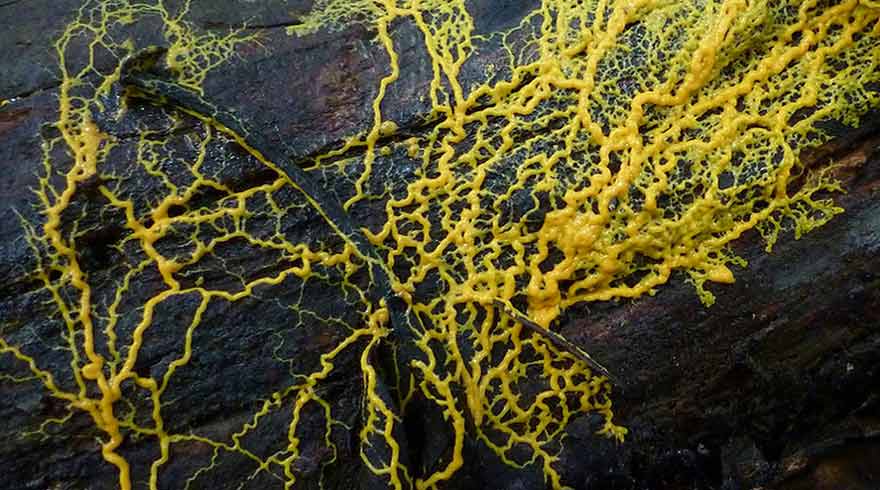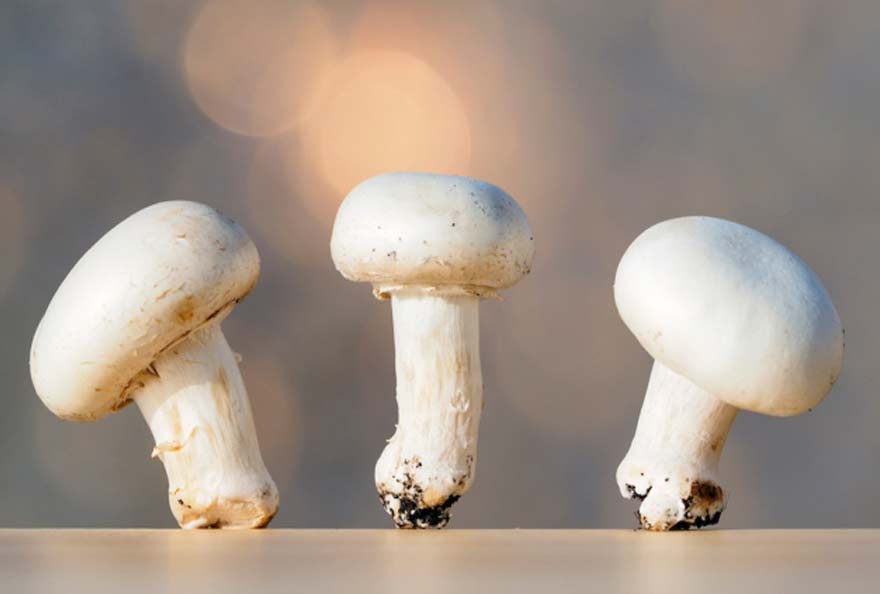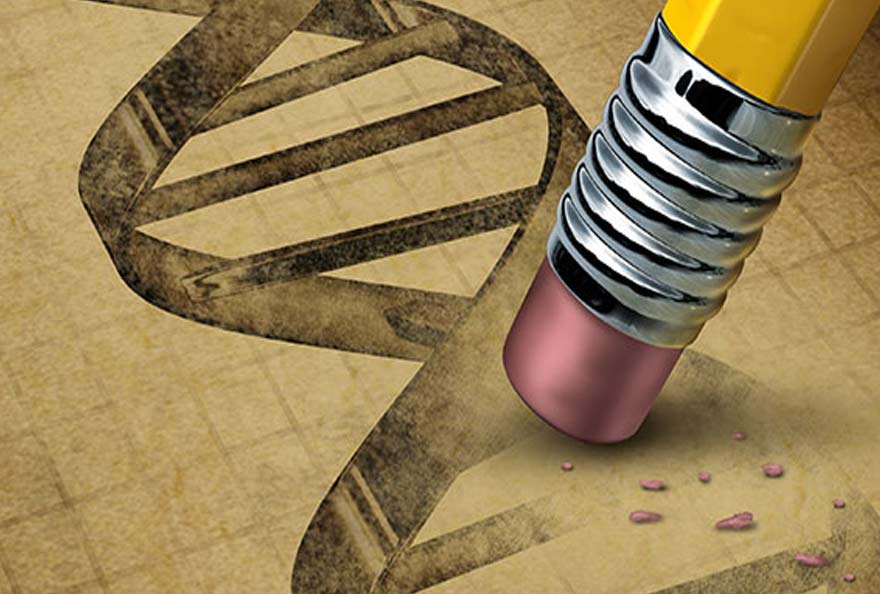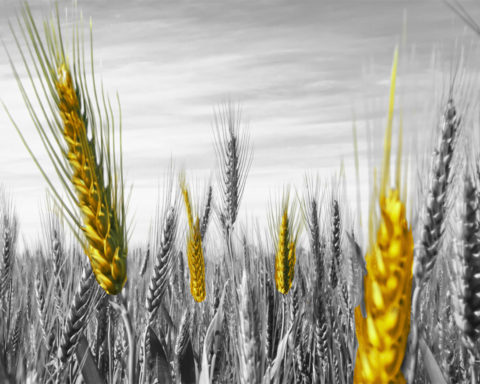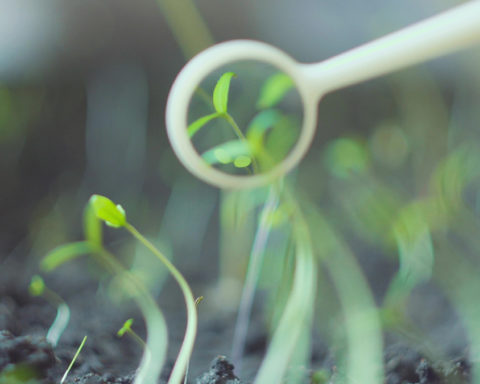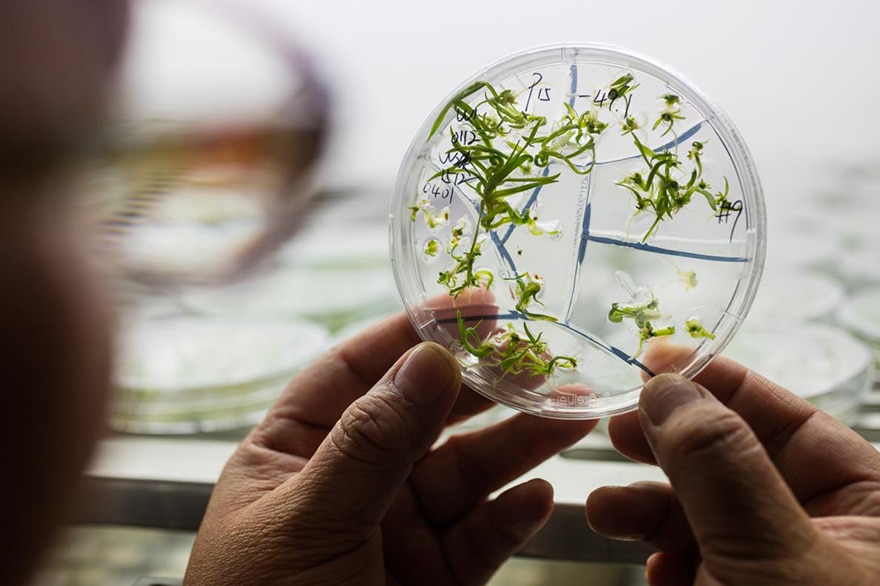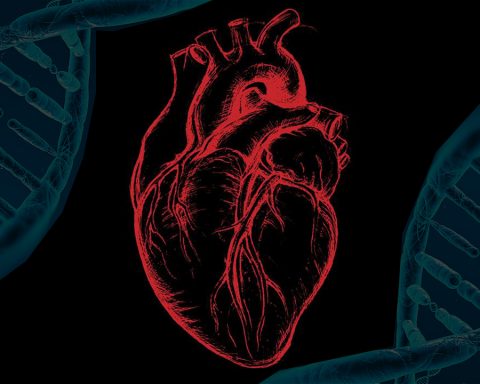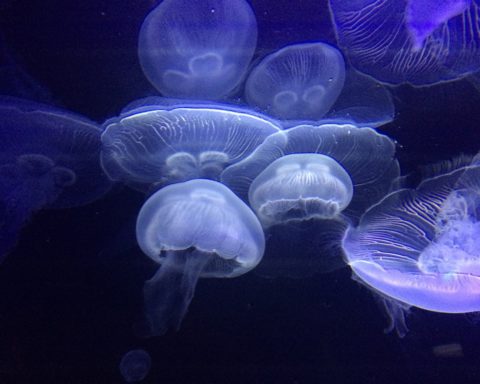
It doesn't have any neurons, but it is capable of learning: an amazing living organism made up of a single cell has shown that it can learn from its experiences to feed itself safely, a study reveals. "This is the first time that a single-cell organism has been shown to be capable of learning," Romain Boisseau, a biology researcher and co-author of the study published Wednesday, told AFP.
Por the first time, researchers have just demonstrated that an organism without a nervous system is capable of learning. A team from the Centre de recherches sur la cognition animale (CNRS/Université Toulouse III - Paul Sabatier) has succeeded in demonstrating that a unicellular organism, the protist Physarum polycephalum, is capable of a form of learning called habituation. This discovery sheds light on the origin of learning capacity during evolution, even before the nervous system and the brain appear. It could also raise questions about the learning capacity of other extremely simple organisms such as viruses and bacteria. These results are published in the journal Proceedings of the Royal Society B on April 27, 2016.
Learning ability and memory are key elements in the animal world. Learning from experiences and adapting behaviour accordingly is vital for an animal that lives in a fluctuating and potentially dangerous environment. This ability is generally considered to be the prerogative of organisms with a brain and nervous system. However, single-celled organisms must also adapt to change. Do they demonstrate learning abilities? Bacteria are adaptable, but this takes place over several generations and is therefore more a matter of evolution. A team of biologists has therefore sought to prove that a single-cell organism can learn. They chose to study the protist Physarum polycephalum, a giant cell that lives in the undergrowth and shows amazing abilities, such as solving a maze, avoiding traps or optimizing its nutrition2. But very little was known until now about its ability to learn.
The hero of the study, Physarum polycephalum, doesn't look good. Living in the undergrowth of temperate regions, he looks like a slimy yellow mushroom. But it's not.
A distant cousin of plants, fungi and animals, it appeared on Earth about 500 million years before mankind.
Formed from a single cell, it has thousands or even millions of nuclei and can cover areas of several square metres thanks to its extensions (pseudopods).
It is able to move at a speed of 5 centimetres per hour to find food.
Nicknamed "the blob" by researchers because of its shapeless side and in reference to the science-fiction film "The Blob" where a mass from elsewhere devoured humans, the glutton Physarum polycephalum feeds on bacteria and fungi in particular.
But he's also a fan of oats. And that's where the experiment begins.
During a nine-day experiment, scientists therefore confronted different groups of this protista with bitter but harmless substances, which they had to pass through in order to reach a food source. One group was confronted with a quinine-impregnated "bridge", another with a caffeine-impregnated bridge, while a control group simply had to cross an unimpregnated bridge. Initially reluctant to cross the bitter substances, the protists learned over the days that they were harmless and crossed them more and more quickly, behaving after six days in the same way as the control group. The cell thus learned to no longer fear a harmless substance after being confronted with it several times, a phenomenon that scientists call habituation. After two days without contact with the bitter substance, the protist returns to his initial distrustful behaviour. On the other hand, a protist accustomed to caffeine shows distrustful behaviour towards quinine, and vice versa. The habituation is therefore very specific to a given substance.
Habituation is a rudimentary form of learning that has been characterized in aplysia (an invertebrate also called sea hare)3. This form of learning exists in all animals, but has never before been found in an organism without a nervous system. This discovery opens up the possibility of looking for types of learning in other very simple organisms such as viruses or bacteria.

Sources : CNRS and AFP
Login
0 Comments
Inline Feedbacks
View all comments

